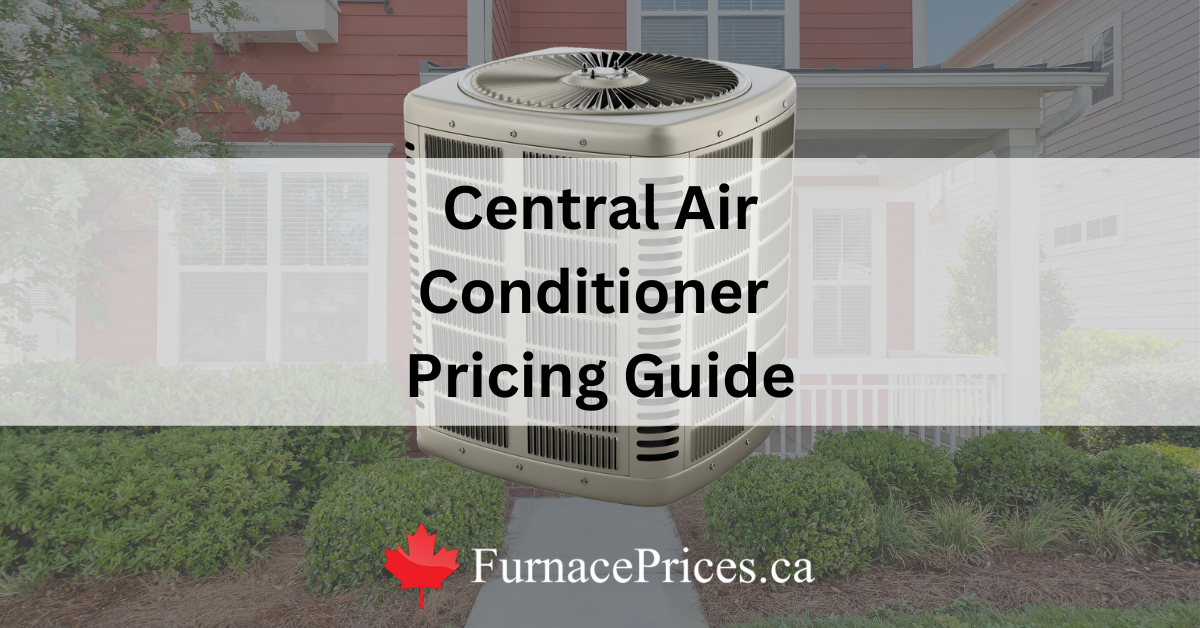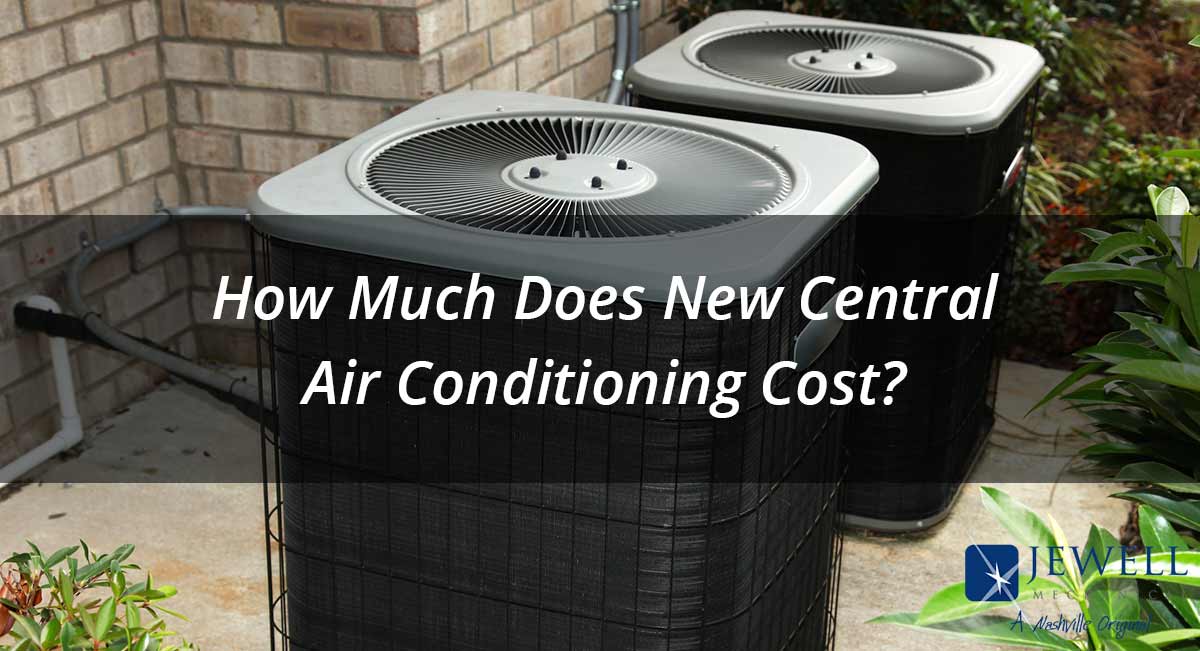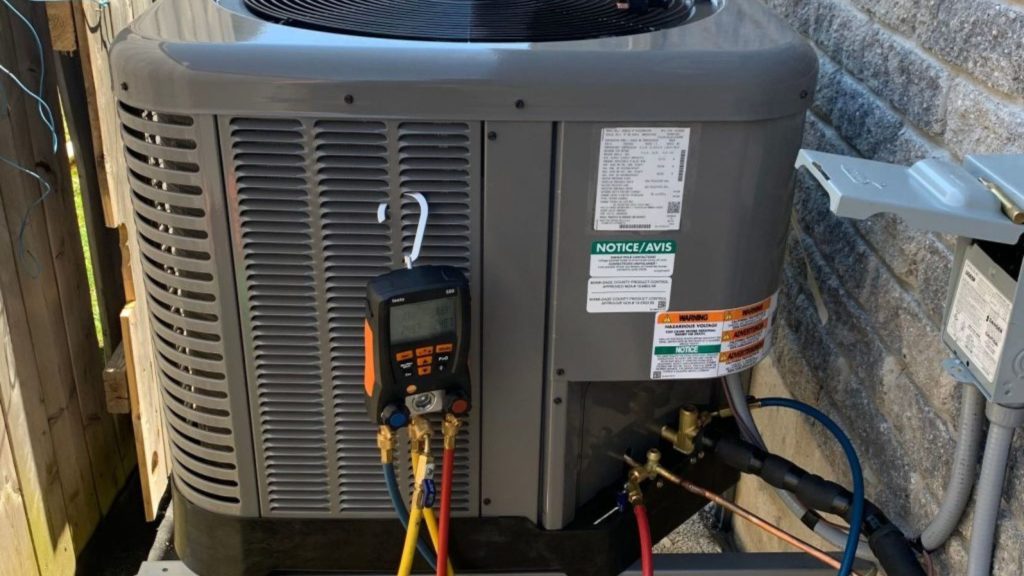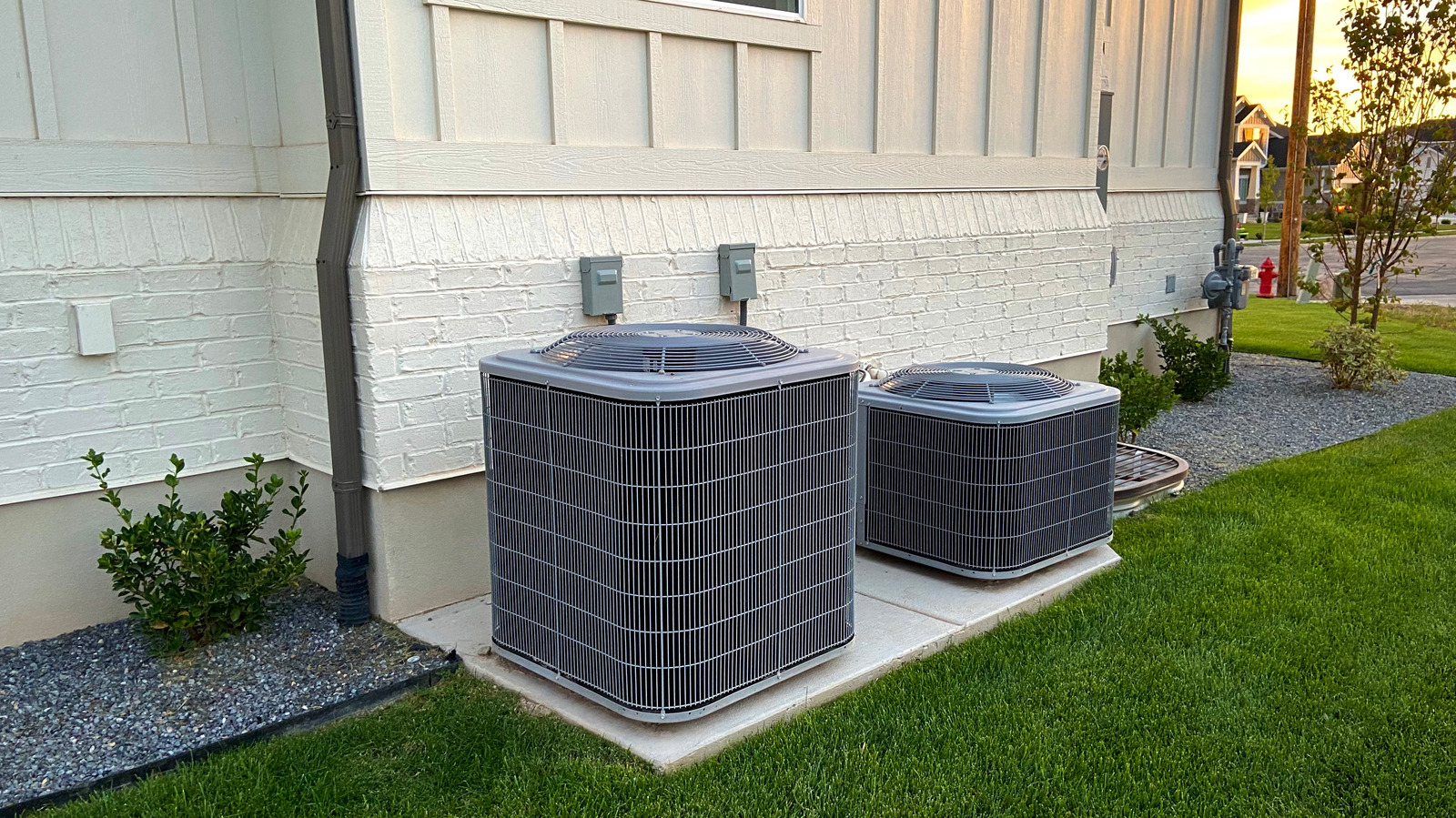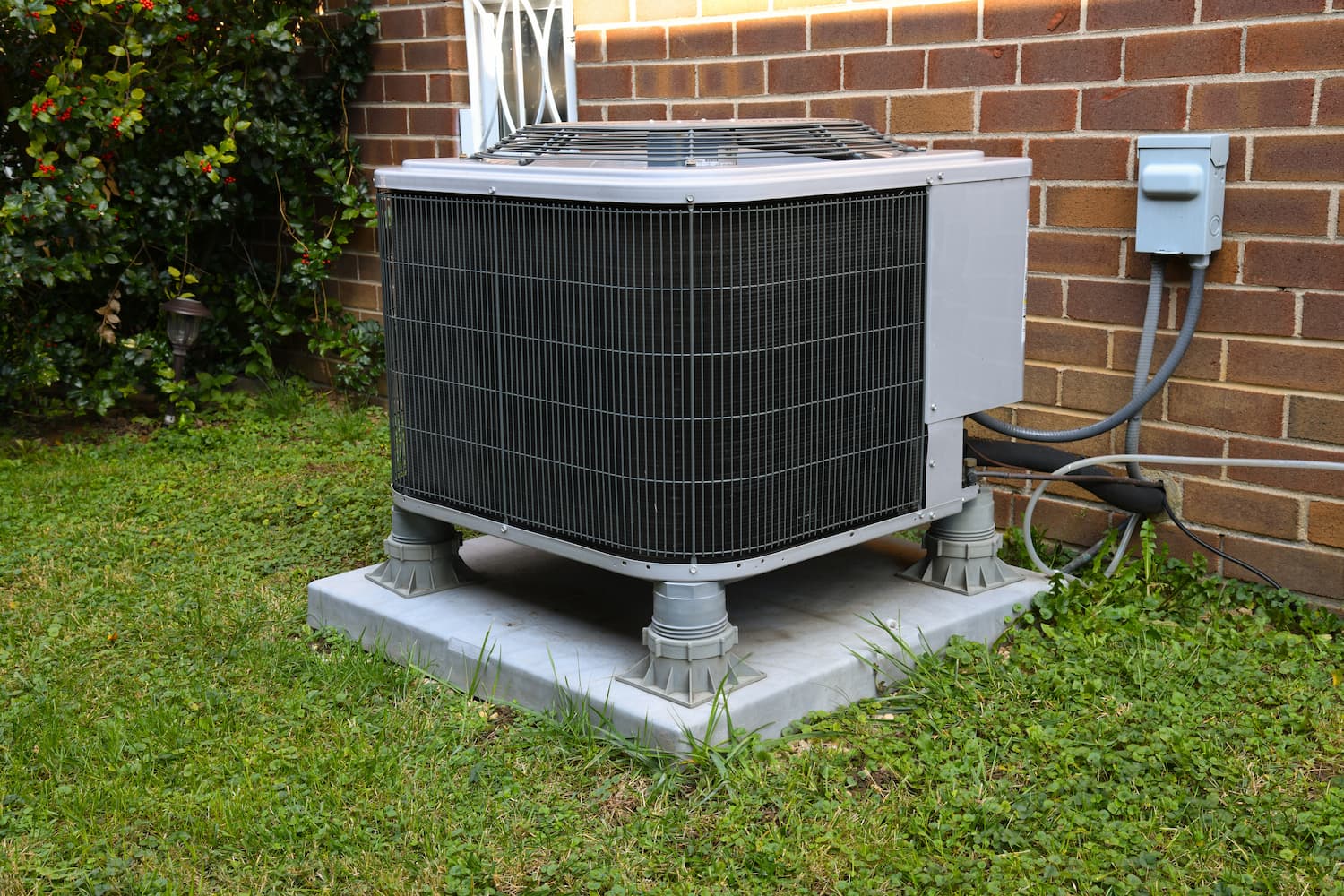How Much For New Central Air Conditioner
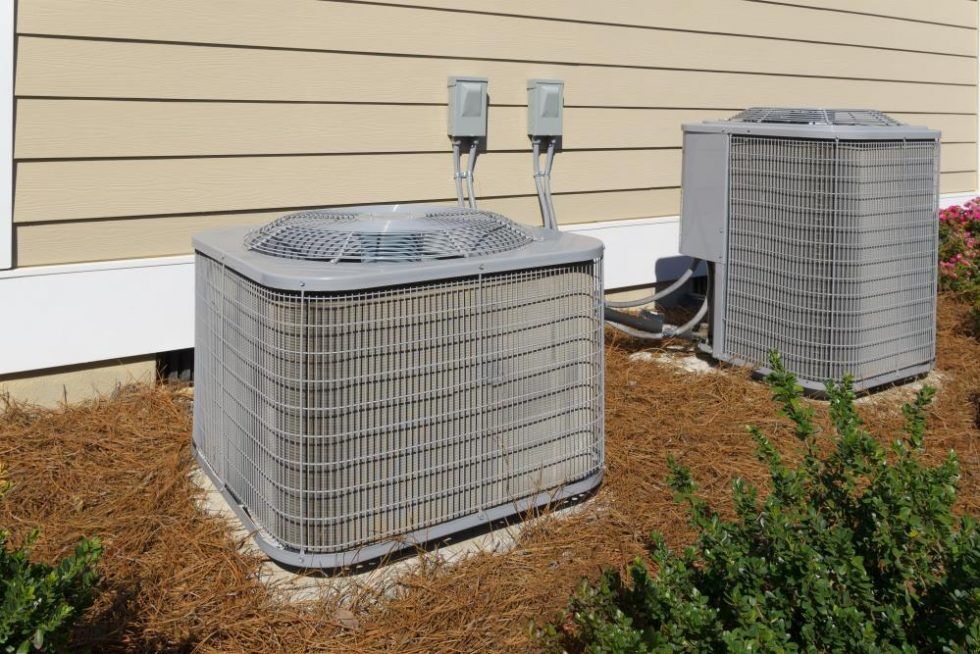
How Much Does a New Central Air Conditioner Really Cost? A Deep Dive into Savings and ROI
Upgrading to a new central air conditioning system is a significant investment, but understanding the true cost – and the potential savings – can empower you to make an informed decision. This guide breaks down the various factors influencing the price of a new central AC unit, explores the long-term benefits of energy-efficient models, and delves into strategies for maximizing your return on investment (ROI).
Understanding the Initial Costs: Beyond the Sticker Price
The upfront cost of a central air conditioner is just one piece of the puzzle. Several factors contribute to the final price:
- Unit Size (BTU): The cooling capacity of an AC unit is measured in British Thermal Units (BTUs). A larger home requires a higher BTU rating, leading to a higher price. To determine the right size for your home, consider factors like square footage, climate, insulation, and window size. An HVAC professional can perform a load calculation to accurately assess your needs.
- SEER Rating: The Seasonal Energy Efficiency Ratio (SEER) measures the cooling efficiency of an AC unit. Higher SEER ratings indicate greater energy efficiency, resulting in lower energy bills. Energy Star certified units generally have a SEER rating of 15 or higher. A unit with a higher SEER rating will typically cost more upfront, but the long-term energy savings can offset the initial investment. The minimum SEER rating currently required by the U.S. Department of Energy (DOE) varies depending on your region. Consult with your local HVAC dealer for specifics.
- Type of Unit: Different types of central AC systems exist, including split systems, packaged units, and ductless mini-split systems. Split systems are the most common, with an outdoor condenser unit and an indoor air handler. Packaged units combine all components into a single outdoor unit, while ductless mini-splits offer zone-specific cooling without the need for ductwork. Each type has varying costs associated with installation and equipment.
- Brand and Features: Reputable brands often come with higher price tags, but they may also offer better reliability and warranties. Features like variable-speed compressors, smart controls, and advanced filtration systems can also increase the cost.
- Installation Costs: Labor costs for installation can vary depending on the complexity of the job, the location of your home, and the contractor you choose. Ensure you obtain multiple quotes from licensed and insured HVAC professionals to compare pricing and services. Complex installations, such as those requiring ductwork modifications or electrical upgrades, will generally cost more.
- Permits and Inspections: Most jurisdictions require permits for HVAC installations. These permits ensure that the installation meets local building codes and safety standards. Inspection fees are typically included in the overall cost.
Typical Cost Range: While prices can vary significantly, you can generally expect to pay between $3,000 and $7,000 for a new central air conditioning system, including installation. High-efficiency models with advanced features can easily exceed this range.
The Power of SEER: Quantifying Energy Savings
The SEER rating is a crucial factor in determining the long-term cost-effectiveness of your new AC system. A higher SEER rating means the unit uses less energy to produce the same amount of cooling. Let's look at an example:
Imagine you're choosing between two AC units: one with a SEER rating of 14 and another with a SEER rating of 18. Assuming your annual cooling costs are $800 with the SEER 14 unit, upgrading to the SEER 18 unit could potentially save you 22% on your energy bills, resulting in annual savings of around $176. Over the lifespan of the unit (typically 10-15 years), this could translate into significant savings.
Energy Star provides online calculators that can help you estimate your potential energy savings based on your location, energy usage, and the SEER rating of your new AC unit.
Rebates and Incentives: Reducing the Upfront Costs
Several rebates and incentives are available to help offset the cost of energy-efficient HVAC systems. These programs are offered by:
- Federal Government: The federal government offers tax credits for qualifying energy-efficient home improvements, including HVAC systems. Consult the IRS website or a tax professional for the latest information.
- State and Local Governments: Many state and local governments offer rebates and incentives for energy-efficient appliances. Check with your local energy office or utility company for available programs.
- Utility Companies: Utility companies often provide rebates to encourage customers to upgrade to energy-efficient equipment. These rebates can significantly reduce the upfront cost of a new AC unit.
- Manufacturer Rebates: HVAC manufacturers sometimes offer rebates on specific models. Be sure to inquire about these rebates when comparing different brands and units.
Example: A homeowner in California might be eligible for a $300 rebate from their utility company for installing an Energy Star certified AC unit, plus a federal tax credit. These incentives can substantially lower the initial investment.
Smart HVAC Integration: Maximizing Efficiency and Control
Integrating your new central air conditioner with smart home technology can further enhance energy efficiency and provide greater control over your home's climate. Smart thermostats, for example, learn your schedule and automatically adjust the temperature to optimize energy usage. You can also control your AC system remotely using a smartphone app.
Benefits of Smart HVAC Integration:
- Remote Control: Adjust the temperature from anywhere using your smartphone or tablet.
- Geofencing: Automatically adjust the temperature based on your location.
- Smart Scheduling: Create custom schedules to optimize energy usage based on your daily routine.
- Energy Monitoring: Track your energy consumption and identify areas for improvement.
- Zone Control: Control the temperature in different zones of your home for personalized comfort.
Adding Smart Sensors: Supplementing your system with additional smart sensors can provide even more granular control. Temperature and humidity sensors placed in different rooms allow the system to adjust cooling based on specific needs within the home.
Choosing the Right Contractor: A Crucial Decision
Selecting a qualified and experienced HVAC contractor is essential for a successful installation. Here are some tips for choosing the right contractor:
- Check for Licensing and Insurance: Ensure the contractor is licensed and insured to operate in your area.
- Read Reviews and Testimonials: Check online reviews and ask for references from previous customers.
- Obtain Multiple Quotes: Get quotes from at least three different contractors to compare pricing and services.
- Ask About Experience: Inquire about the contractor's experience installing the specific type of AC unit you are considering.
- Verify Certifications: Look for certifications such as NATE (North American Technician Excellence) to ensure the technicians are properly trained.
Beware of Lowball Bids: While price is a factor, avoid contractors who offer significantly lower bids than others. This could indicate that they are cutting corners on materials or labor.
Long-Term Cost Considerations: Beyond the Purchase Price
In addition to the upfront cost and energy savings, consider the following long-term cost factors:
- Maintenance Costs: Regular maintenance is essential to keep your AC unit running efficiently and extend its lifespan. This includes cleaning or replacing air filters, inspecting coils, and lubricating moving parts.
- Repair Costs: Even with proper maintenance, AC units can sometimes require repairs. Factor in the potential cost of repairs when evaluating the long-term cost of ownership.
- Lifespan: The average lifespan of a central air conditioner is 10-15 years. Consider the replacement cost when evaluating the ROI of a new unit.
- Home Value: Installing a new, energy-efficient AC system can increase the value of your home. This is a long-term benefit that can offset some of the initial costs.
Calculating Your ROI: Making the Investment Worthwhile
To determine the true ROI of a new central air conditioner, consider the following factors:
- Initial Cost: The total cost of the unit, including installation and permits.
- Energy Savings: The estimated annual energy savings based on the SEER rating and your energy usage.
- Rebates and Incentives: Any rebates or incentives you are eligible for.
- Maintenance and Repair Costs: Estimated annual maintenance and repair costs.
- Lifespan: The estimated lifespan of the unit.
- Increased Home Value: Potential increase in home value due to the new AC system.
By carefully considering these factors, you can make an informed decision about whether a new central air conditioner is a worthwhile investment for your home or business.
Conclusion: Investing in Comfort and Efficiency
Replacing your old, inefficient central air conditioner with a new, energy-efficient model can be a smart investment. While the upfront cost can be significant, the long-term energy savings, rebates, and increased home value can often offset the initial investment. By carefully considering the factors outlined in this guide, you can choose the right AC system for your needs and maximize your return on investment, enjoying a more comfortable and energy-efficient home for years to come. Remember to consult with a qualified HVAC professional to assess your specific needs and determine the best solution for your situation. Consider a smart thermostat to further enhance your savings. By making smart decisions and taking the time to do the necessary research, the cost of a new central air conditioner can become an investment in your comfort and financial future.
